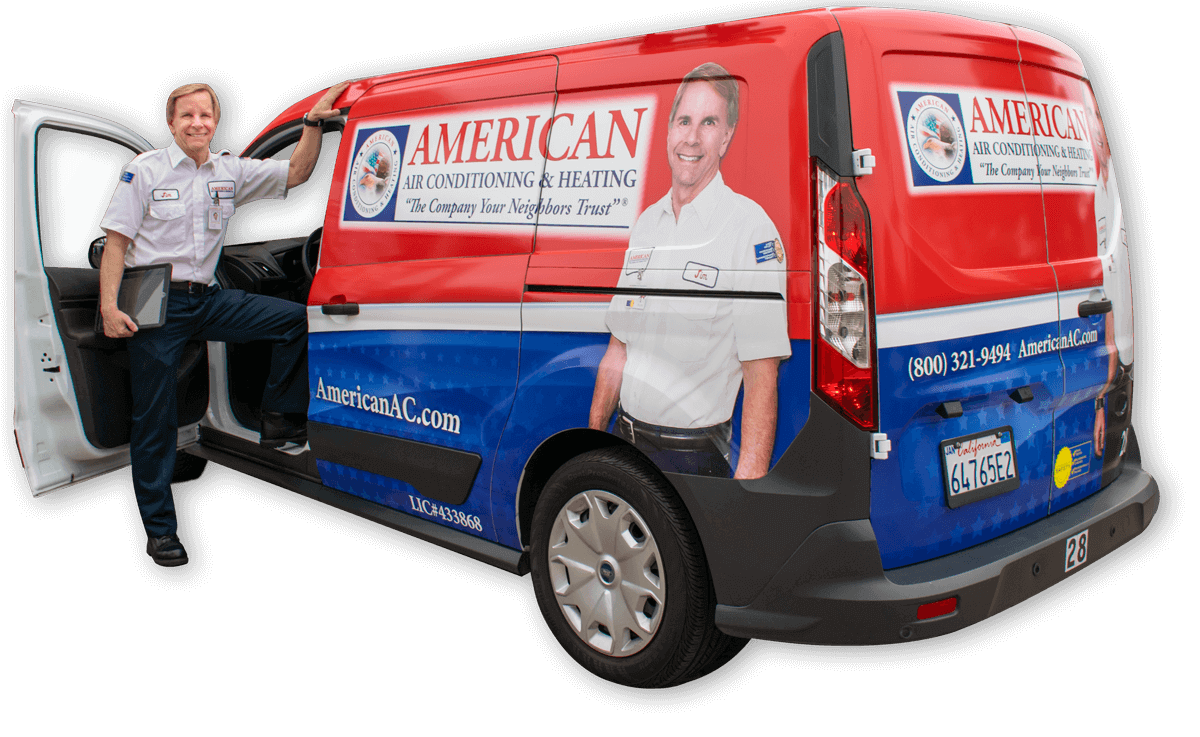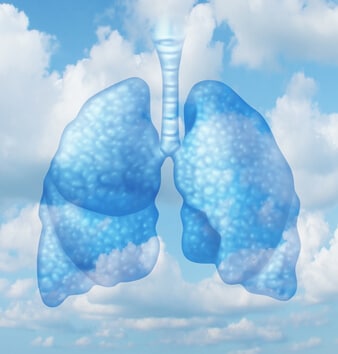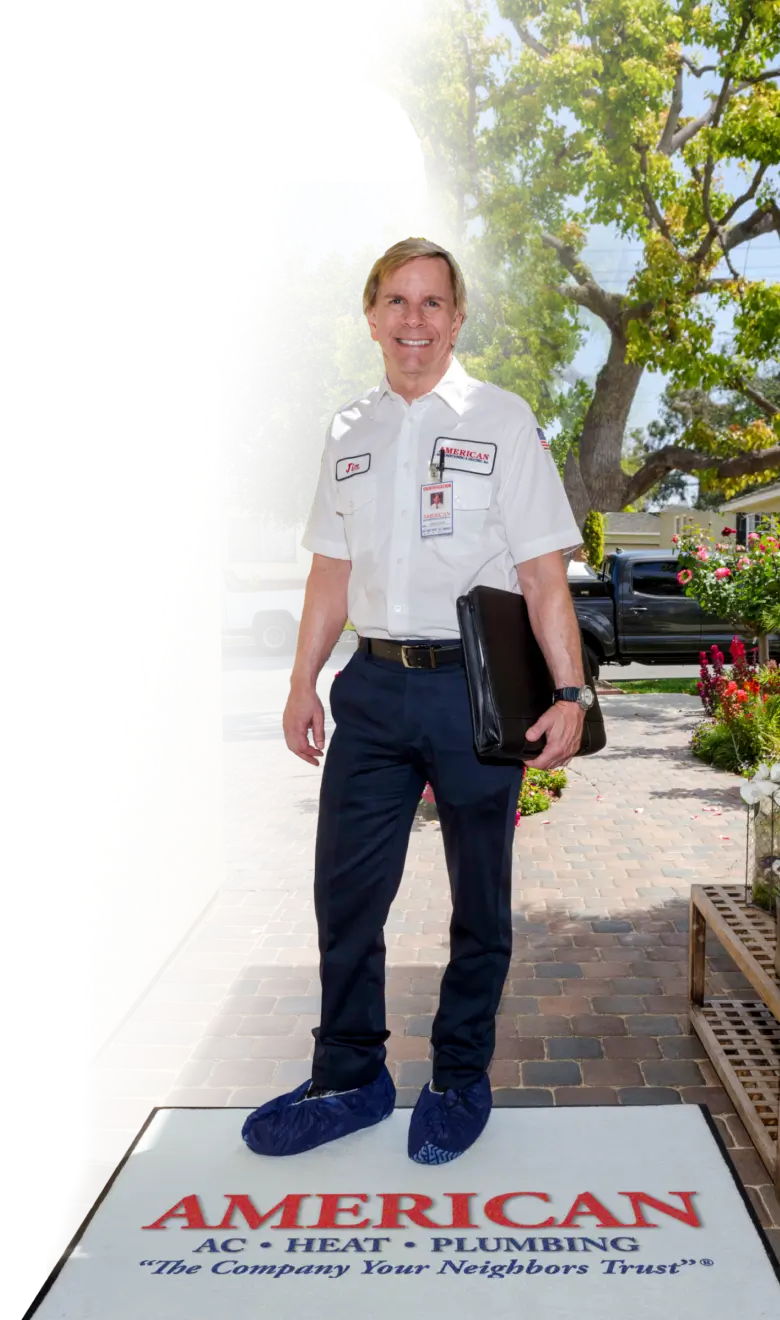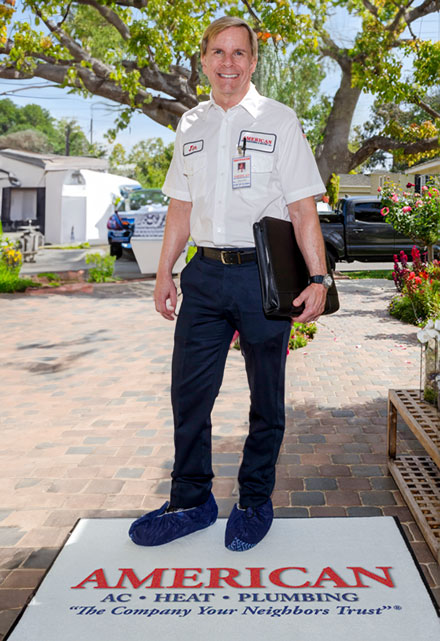Is regular cleaning of your vents enough to control the level of pollutants inside your house? The simple answer, unfortunately, is no.
Why Do You Need An Air Purifier?
The air inside your home can become more polluted than the atmosphere outside, and that’s pretty much a given, since the Los Angeles Basin is topping the survey charts from American Lung Association for short-term and long-term particulate matter, and the worst pollutant rich smog. This is because your household activities themselves can generate a concentrated amount of toxic gases and oxides. The most common activities include using a fuel-stove, furnace, and fireplace. The resultant gases include concentrated amounts of Carbon monoxide, Nitrogen Oxide, and Nitrogen Dioxide.
Furthermore, building materials in your house and the soil underneath it, releases Radon gas, one of the most pervasive health hazards in U.S — According to EPA estimates, Radon cause 21,000 deaths in the U.S per year.
Finally, household materials such as harsh cleaners and aerosols generate volatile organic materials (VOCs) which pose threat to their health as well.
Given that an HVAC requires a closed environment to work efficiently (like an insulated home), all these pollutants remain within the house and generally, the HVAC filters are not designed to absorb these dangerous gases. Therefore, an additional air purifier offers a cost-effective solution of keeping the air inside you home clean.
Types of Air Filters
The following air filters are available in the market:
- Highly Efficient Particulate Air (HEPA) Filters — these are highly fibrous paper filters, which have high MERV values (these indicate the smallest particle they are able to block out).
- Normal Filters — Filters that have a high MERV rating 14 or above can easily filter out most particulate impurities from the environment.
- Activate Carbon Filters — these filters convert noxious gases into semi solid for, and then collect and drain them. They are made of a porous material that can absorb a range of volatile chemicals on a molecular basis but cannot remove large particles, and hence work in conjunction with particle removers.
- Electrostatic Air Cleaners — these filters either charge or ionize the particulate matter in air and captures them use an electrically charged panel or screen to capture particulates.
- UV Filters — these filters use ultraviolet rays to destroy or terminate biological impurities in air (bacteria, mold, etc).
We can help with the clean air ducts and an air purifier can help with the rest. All the best with your clean air efforts!








